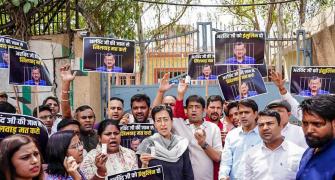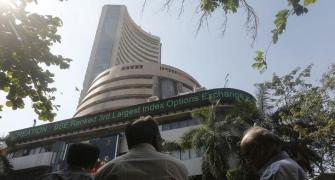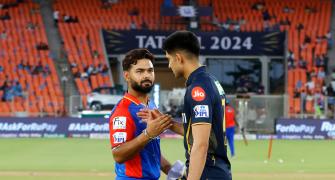With personalised ring tone services increasingly catching the fancy of consumers, the Rs 600 crore (Rs 6 billion) music industry is set to rake in more moolah from licensing music to mobile phone companies.
Says BPL Mobile general manager - marketing, Kunal Ramteke: "Music royalty from telecom firms contributes three to five per cent to the music industry's revenues. It is expected to grow to around 30 per cent in a year."
Balu Nayar, general manager, value-added services, Hutchison Max Telecom, said: "Music companies are paid royalties of around 25 per cent per usage for the songs licensed to us for no additional cost inputs. Though it may not do much for their topline growth, it is really helping the bottomlines of the loss-making music industry."
In 2003 the music industry collected Rs 20-25 crore (Rs 200-250 million) from mobile-based services like ring tones, ring back tones, sing tones, true tones and music dedications such as 'send a song' service.
This year it is expected to double to Rs 40-45 crore (Rs 400-450 million), Nayar adds.
Shridhar Subramanium, managing director, Sony Music, said: "Revenue from the telecom segment is small at present. But it is expected to grow to 20 per cent of overall sales by 2010. Majority of the revenues will still come from sales of music in physical formats such as cassettes and CDs."
Says Vipul Pradhan, chief executive officer, Phonograph Performance, the copyright and licensing division of Indian Music Industry: "The revenue pie from licensing deals has undergone a change in the last year. Mobile-based services are a new category, which contributes 40 per cent to the licensing business. The balance comes from private FM radio (30 per cent), government radio (10 per cent), and public performance (20 per cent)."
Earlier FM radio was putting in 40 per cent followed by public performance at 30 per cent. The remaining share was divided among government radio, at 20 per cent and music dedication at 10 per cent. IMI represents 60 per cent of the Indian music companies.
Revenues from telecom-based services look poised to give the piracy-plagued music industry a shot in the arm. However, Vijay Lazarus, president of IMI, underplays the contribution of mobile providers. It is the music industry that is contributing to the mobile services, he counters.
He pegs the licensing revenues from mobile and Internet to just one per cent of the total business.
"Revenue from digitised services will grow in a big way when broadband starts reaching homes. So far the pick up has been slow," he said.






